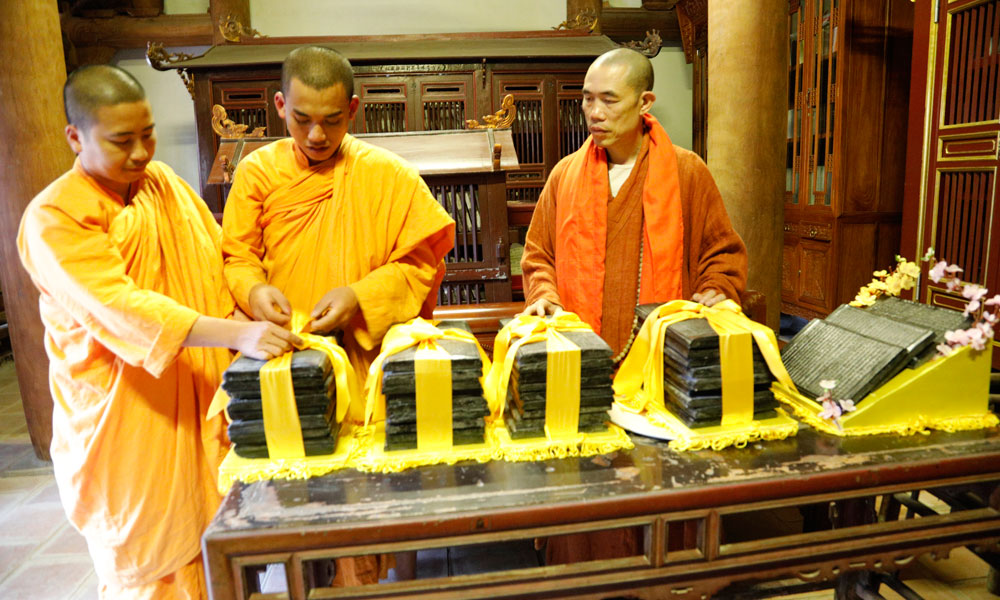British Council project focuses on cultural heritage growth
Three recipients from the project’s Phase 3 are musicians Ngo Hong Quang and beatboxer Trung Bao; film critic Le Hong Lam; and filmmakers Le My Cuong and Thanh Nguyen.
 |
|
Vietnamese artists join the project to preserve the cultural heritage. |
Quang and Bao’s “See the Sound” is a multi-media project including documentary, a publication and various community events. Traditional musician Quang and underground hip-hop beatboxer Bao will work together exploring memory and identity through parallel creative journeys in traditional Vietnamese music and hip-hop.
Saigon Cinema 1954-1975 by Lam will research the films and filmmakers of the pre-1975 period in southern Vietnam. The project includes a book release and a screening programme of restored cinematic works.
Cuong and Nguyen in co-operation with Vietnam Television will follow a tuong (traditional opera) troupe as they travel and perform through the Mekong River Delta to make a documentary.
The recipients are among 15 people in total who will receive money from FAMLAB (Film, Archive and Music Lab).
The previous recipients included the Future of Tradition; Hanoi New Music Festival; Viet Cine Corner; Action for H’Mong Development; Art Labour; and Cultural Community Discourse, among others.
The project has four rounds that will seek to create opportunities for communities across the country to contribute to, and benefit from, the safeguarding and reinvigoration of their cultural heritage.
The fourth round is now open for submissions until August 15.
The FAMLAB Fund gives 100,000 pounds (about 121,000 USD) to support projects that engage with the music or film heritage of Vietnam through contemporary mediums and practices.
 |
|
A workshop held in Hanoi under the project Future of Tradition. |
The FAMLAB Fund aims to support these projects by encouraging arts and cultural practitioners to explore innovative ways of engaging and interacting with new audiences via Vietnamese music and film heritage.
Activities include research, documentation, conservation, training and capacity-building (including oral teaching techniques), experimentation and innovation, advocacy, policy and community dialogues, and support of the re-imagination and revitalisation of cultural heritage elements via contemporary practices.
Source: VNS/VNA
 Bắc giang
Bắc giang















Reader's comments (0)